To create a manicured lawn and flower garden, flexible plastic edging does a good job of separating the components of a landscape. The edging defines garden beds and paths and driveways, and prevents plants from creeping and spreading. The metal edging creates a fine line so the beds are set off and separated from the lawn, creating a tidy appearance.
Take some time to lay out the job with a long rope or garden hose so you’ll have a guideline to follow. This tells you how much material you’ll need to buy. Figure you’ll need time to dig out a trench about 5 inches deep and decide what you’ll do with the excess soil.
The material is sold in packs, often with interlocking stakes, and designed to be hammered into the soil. The edging pieces snap together, so you assemble them as you make your way around the garden. The pieces are designed to be forced into the soil. You may need a hacksaw to custom-cut the metal edging fit. The final step is using some of the excess soil to backfill around the edging and smooth the surface of the soil.
A landscaper will charge $225, including labor and material, to prepare the soil and install 40 feet of metal edging. You can do the job for $100 and save 56%.
To find more DIY project costs and to post comments and questions, visit www.diyornot.com and m.diyornot.com on smartphones.
Pro Cost — DIY Cost — Pro time — DIY Time — DIY Savings — Percent Saved
$225 — $100 — 2.8 — 4.5 — $125 — 56%

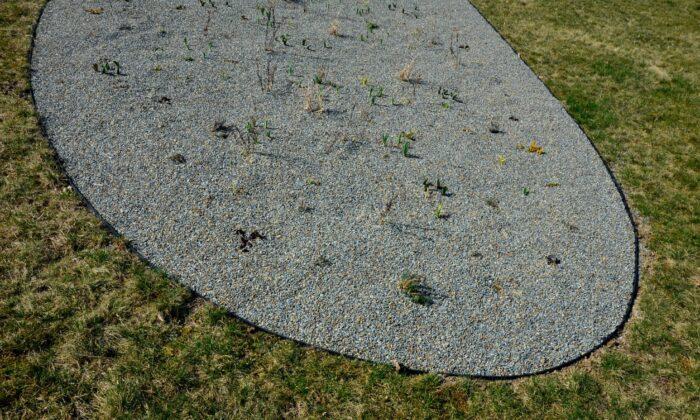
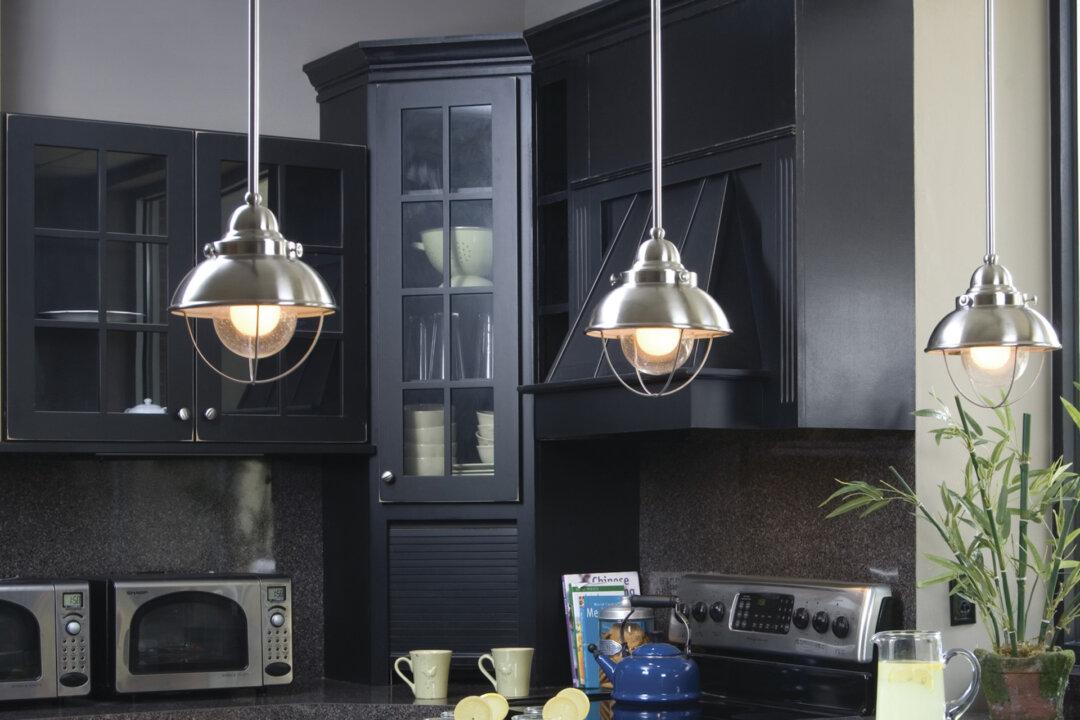
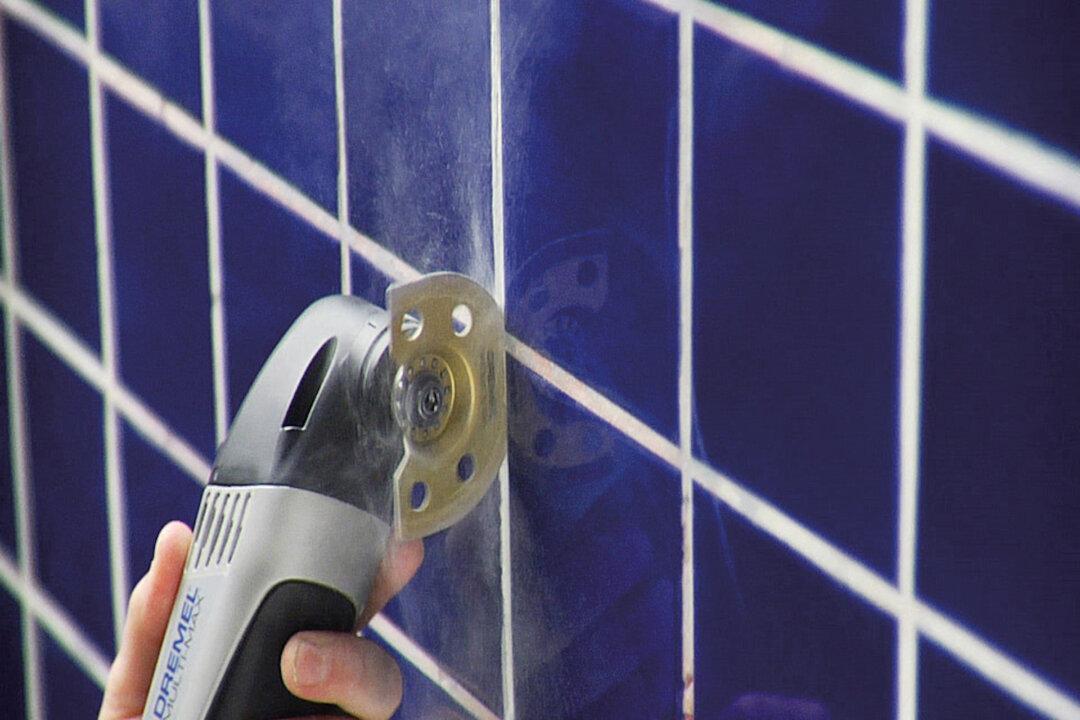
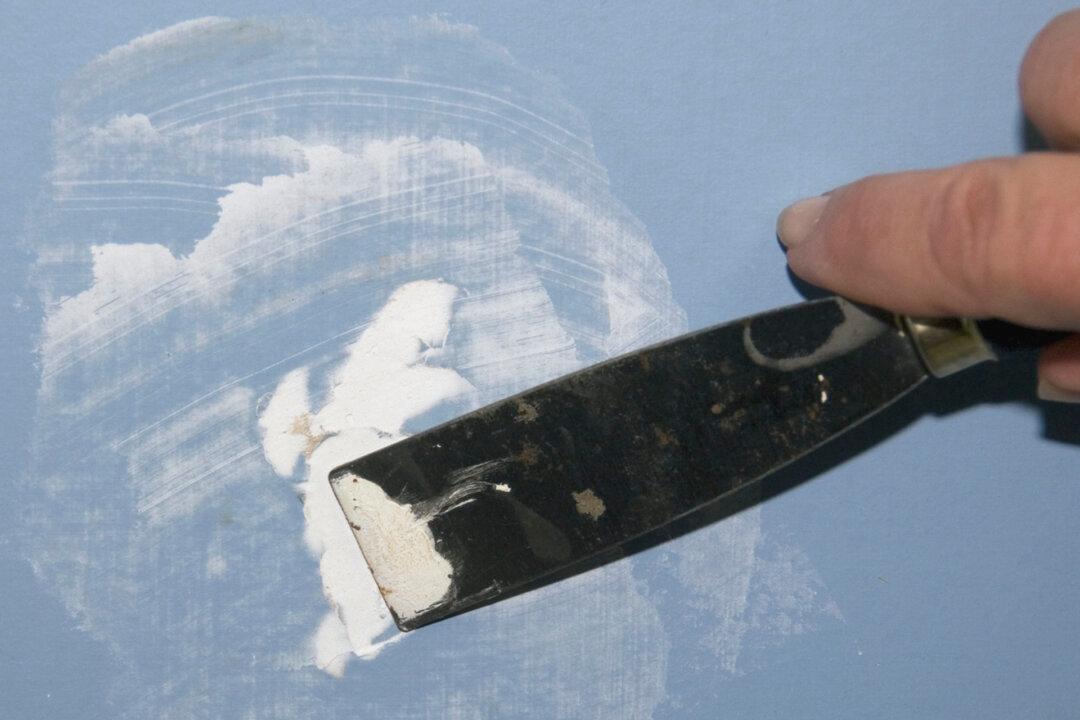
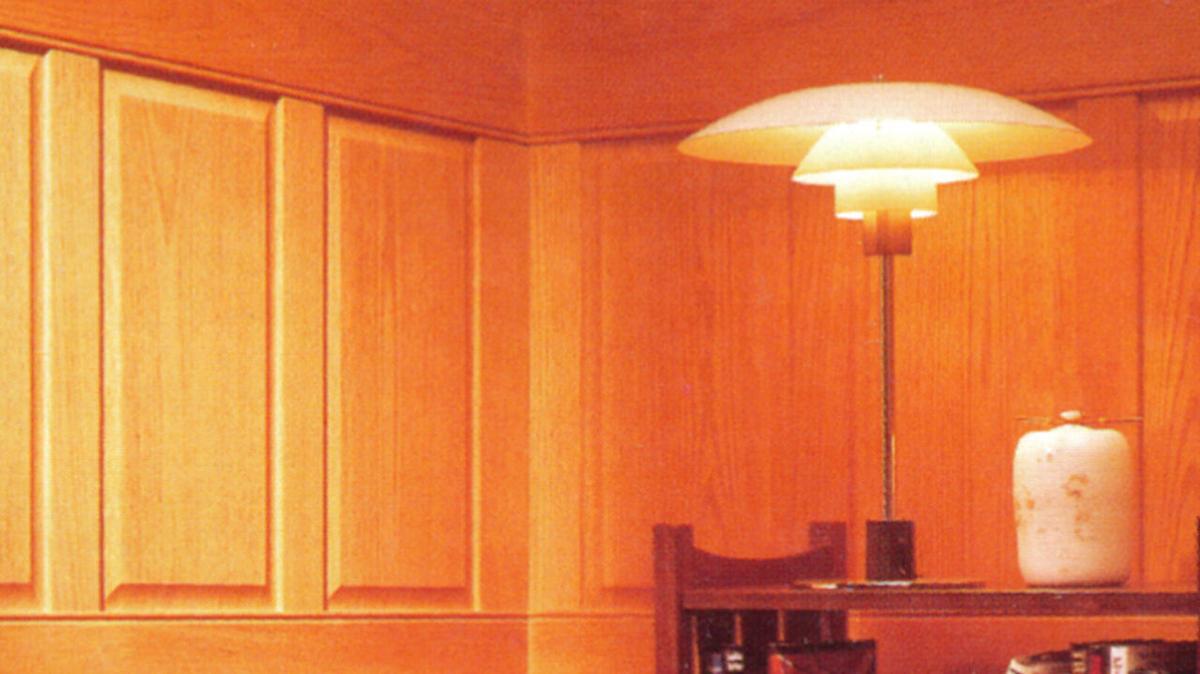
Friends Read Free